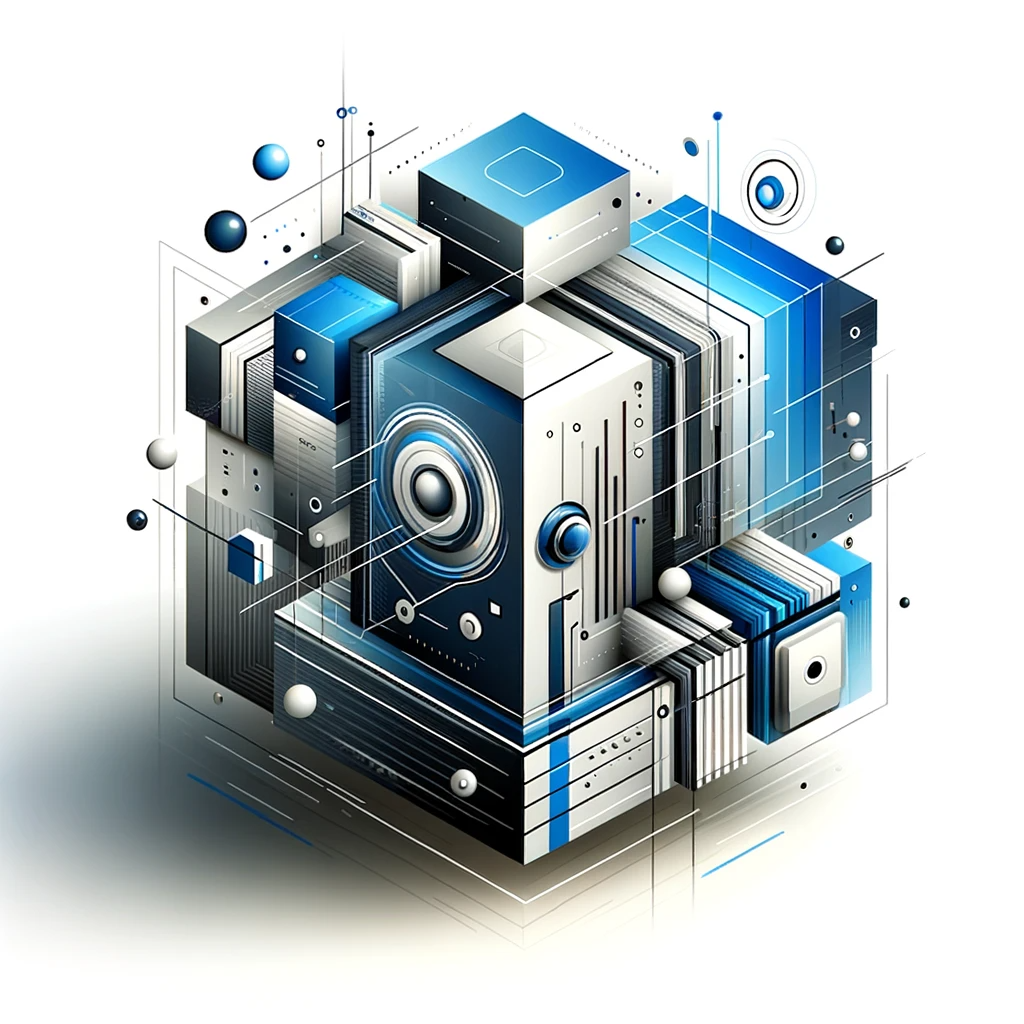Multi-layer convolutional autoencoder for recognizing three-dimensional patterns in attention deficit hyperactivity disorder using resting-state functional magnetic resonance imaging
International Journal of Electrical and Computer Engineering

Abstract
Attention deficit hyperactivity disorder (ADHD) is a neurological disorder that develops over time and is typified by impulsivity, hyperactivity, and attention deficiency. There have been noticeable changes in the patterns of brain activity in recent studies using functional magnetic resonance imaging (fMRI). Particularly in the prefrontal cortex. Machine learning algorithms show promise in distinguishing ADHD subtypes based on these neurobiological signatures. However, the inherent heterogeneity of ADHD complicates consistent classification, while small sample sizes limit the generalizability of findings. Additionally, methodological variability across studies contributes to inconsistent results, and the opaque nature of machine learning models hinders the understanding of underlying mechanisms. We suggest a novel deep learning architecture to overcome these issues by combining spatio-temporal feature extraction and classification through a hierarchical residual convolutional noise reduction autoencoder (HRCNRAE) and a 3D convolutional gated memory unit (GMU). This framework effectively reduces spatial dimensions, captures key temporal and spatial features, and utilizes a sigmoid classifier for robust binary classification. Our methodology was rigorously validated on the ADHD-200 dataset across five sites, demonstrating enhancements in diagnostic accuracy ranging from 1.26% to 9.6% compared to existing models. Importantly, this research represents the first application of a 3D Convolutional GMU for diagnosing ADHD with fMRI data. The improvements highlight the efficacy of our architecture in capturing complex spatio-temporal features, paving the way for more accurate and reliable ADHD diagnoses.
Discover Our Library
Embark on a journey through our expansive collection of articles and let curiosity lead your path to innovation.





